Penny
Written by Penny McKee (NSW, April 2024)
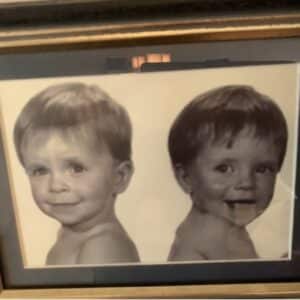
Penny McKee is married with two beautiful daughters. She is a content and copy writer and lives in picturesque Port Macquarie on the NSW north coast. Here, she shares a little of her TSC-LAM (Tuberous Sclerosis Complex – Lymphangioleiomyomatosis) journey with us.
I was diagnosed with TSC when I was almost 13 years old. Growing up in rural NSW, at a time when Dr Google was still light years away meant information about the condition was sparse.
But, of course, you don’t just chance upon a TSC diagnosis – what had led to this moment?
The first ‘episode’ I can remember was back in 1975, during a spell of ‘nothingness’ while happily riding my push bike on a country road. I recall looking down to see the road speed away to gravel. I was rapidly descending downwards. I ‘woke’ to find my bike on top of me and a very bloody cut on my leg. “What happened?” shrieked mum as I walked dazed into the kitchen, blood streaming down my leg after walking alone and in shock for nearly a kilometre without my bike, hoping I wouldn’t get into trouble. “I don’t know,” was my honest answer.
I had various fainting spells for the few years after that, at school camps mostly. At the time they were put down to either excitement or fatigue – depending on what time of the day it was!
During 1978 I recall another ‘episode’. Standing next to a prized glass coffee table one minute then, lying beside it, smashed, the next. Apparently I’d simply ‘fallen onto it’. I recall only waking up next to it in shattered fragments. If you were around in the late 70’s early 80’s, you’ll know how treasured – and useless – these glass coffee tables were.
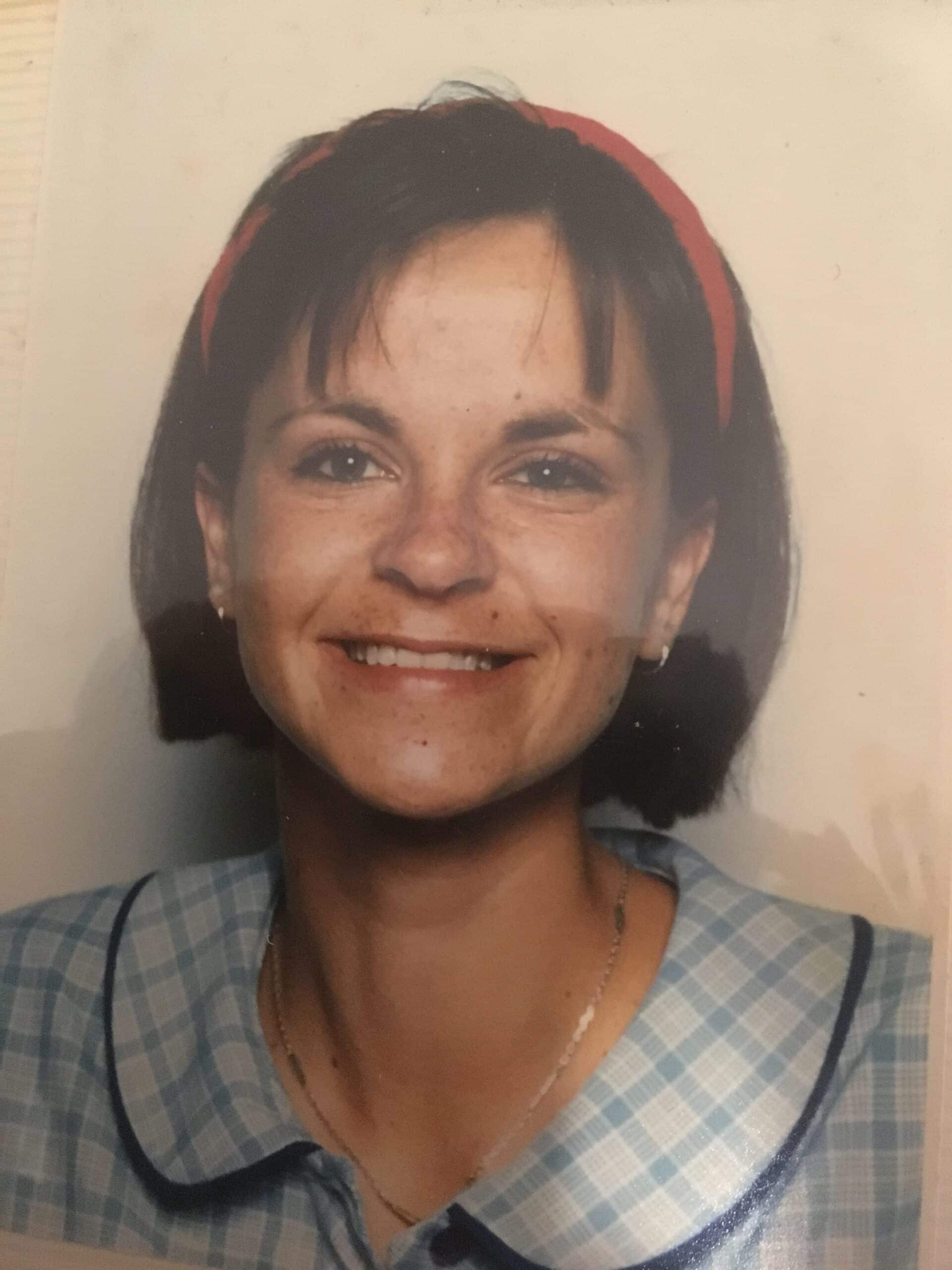
I can also remember a cracking migraine when I was 11 years old. I’ve always been prone to headaches, but this was next level. Mum even thought it serious enough to pick me up from school and that never happened!
And then in 1980 there was the clincher – probably because it occurred under the eagle eye of my mother and my 3 siblings. I recall walking down the hall towards the kitchen for breakfast feeling a sense of ‘otherness’ which had amplified by the time I reached for the milk jug. In my dream-like state, I started pouring milk not into cereal bowls, but all over the kitchen table.
Was I worried? Only about getting into trouble about the broken coffee table, the lost bike and milk all over the kitchen table. Was mum worried? For a parent with a high ‘worry’ threshold, mum was … concerned. And so began the medical investigations.
An ECG (electrocardiogram) at the nearby country hospital found nothing. Fortunately, thanks to mum’s medical nous and the tenacity of her medical friends, we pursued a more rigorous path and I found myself at Prince of Wales Hospital in Sydney for a week. I was diagnosed with TSC by Dr Graham Wise. It was now 1980 and I was not quite 13.
My ‘episodes’ and strange behavior had, of course, been caused by absence seizures or petit mals. My TSC markers included shagreen patches, corrugated fingernails, absence episodes and tubers on my toenails. Genetic testing revealed that mum was a carrier of the TSC gene. She was symptom free and adopted at birth along with her twin brother Peter, so tracing back the TSC line was not possible.
My twin sister was also tested and found to be clear. I can’t recall the nature of the testing back then. Perhaps if my sister was retested under a contemporary diagnostic regime her outcome may be different, but to date she has never shown any symptoms nor does she have any TSC markers.

So what did this diagnosis of TSC mean? Not much at this point. I took Tegretol daily for the next 7 years and thankfully stayed episode free. I finished high school and went to university. With an incident-free record I came off Tegretol and lived a ‘normal’ life. I worked full time as a high school drama and English teacher, travelled, completed post graduate studies and, at the age of 31 married a gorgeous fellow called Cameron.
Aware of the 50% chance of passing TSC on, Cameron and I consulted with a geneticist for advice before having children. To bypass the risk of passing on the TSC gene, we discussed using my twin sister’s eggs. Plans were afoot to progress this when I fell pregnant naturally with our first daughter Maddison.
Maddi is now almost 21. Like her younger sister Molly, who arrived four and a half years later, she has shown no TSC signs and has no markers of TSC. So far we haven’t had the girls tested. We plan to address genetic testing for them this year.
It was during my second pregnancy with Molly that LAM decided to enter my life. A common first sign of LAM is unexplained shortness of breath or SOB for short. Pregnant, approaching 40, working full time and with a four-year old at home it was no surprise that I experienced SOB. Combined with an interstate move, new job and the loss of my mother all in the same year it was little wonder I felt a bit ‘cooked’.
However, the SOB continued well into the year after Molly was born. I caught myself SOB mid-sentence when doing a yoga meditation of all things. I booked in to see a GP.
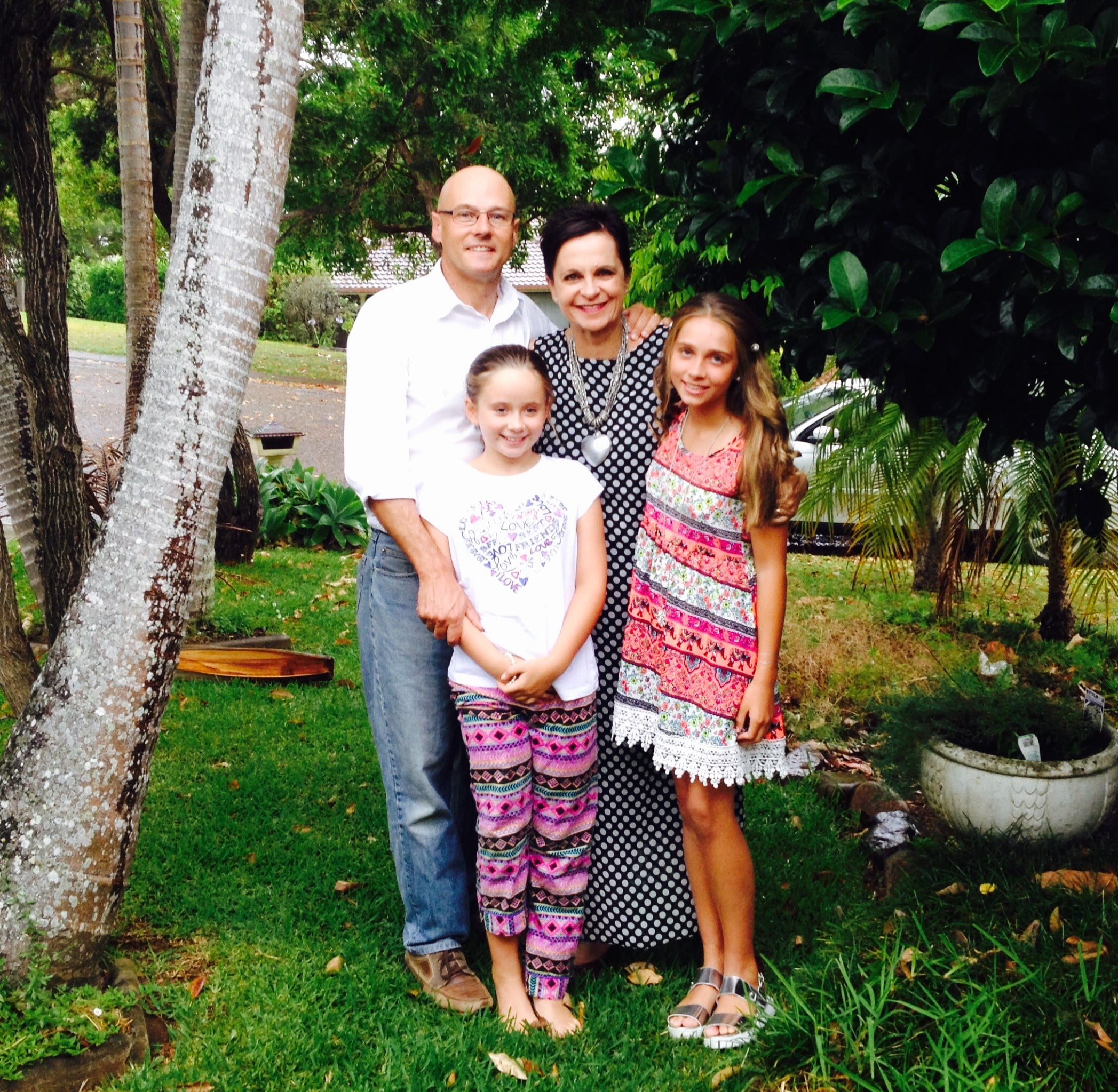
At the time there was a real shortage of doctors in our town. It meant a long wait, no choice and very little to no chance of an ongoing doctor patient relationship. Armed with my medical backstory – the bit about TSC and my recent shortness of breath – the doctor I saw duly prescribed the pill (although two small children underfoot was enough of a contraceptive!) and an asthma puffer for the SOB. We considered the case closed.
But, I was back again with SOB just a few months later. Another puffer and advice to rest more.
The diagnosis of LAM terrified me and Dr Google became the stuff of nightmares. But Dr G also helped me make contact with LAM Australia and opened doors to a community that continues to be a source of great support and information. If you are newly diagnosed with LAM or know someone who is, I urge you to reach out to Living with LAM. ’
Fortunately, it was third time lucky. An appointment with a different doctor was the circuit breaker. The new doctor issued a CT scan of my lungs and from there came a LAM diagnosis. I was 42 years old. The pill prescribed by the first doctor had advanced the progression of LAM. My diagnosis experience was a textbook case of LAM misdiagnosis.
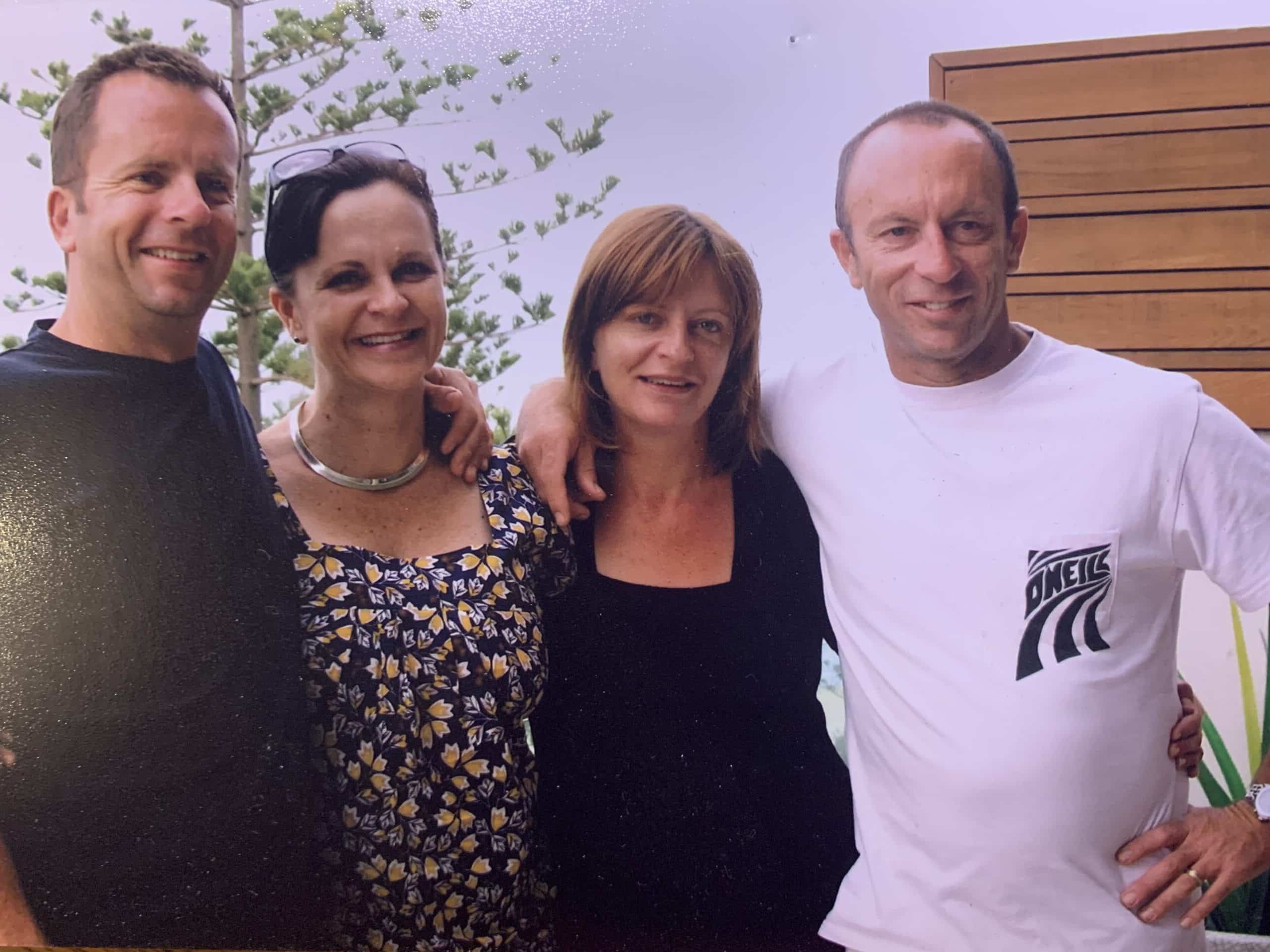
In 2009 I got my first appointment to see Professor Deborah Yates at St Vincent’s Hospital in Sydney. LAM needed no explaining to her. Dr Yates is at the head of research into this largely unknown condition causing SOB in women. Dr Yates made me realise I could no longer ‘ignore’ my TSC diagnosis.
I underwent surveillance of my lungs, kidneys and brain. Ultrasounds of my kidneys revealed multiple AMLs which hitherto had remained asymptomatic. “Oh there’s so many!” radiologists comment at nearly every kidney scan.
Thankfully, TSC has largely remained a silent player in my life, aside from two key moments: a few rumblings in my kidneys that brought on the need for an embolization and later a brain MRI created a momentary frenzy with what was thought to be a ‘suspicious astrocytoma’. This eventually revealed itself as TSC tubers, also called cortical tubers or cortical dysplasia.
Whether it was TSC related, or simply how I was wired, I continued to be vague, bad with numbers, an avid reader and creative. Also at around this time, aged 43 I began to suffer cluster headaches or cluster migraines where I’d be stricken by a headache for 3-4 days. These occurred about once every 8 weeks, and the exact cause was not quite determined. A few things were in the mix: peri and post menopause, blood pressure impacted by lower than normal oxygen levels, and wine on the few occasions I drank. These cluster headaches have, thankfully, largely abated.
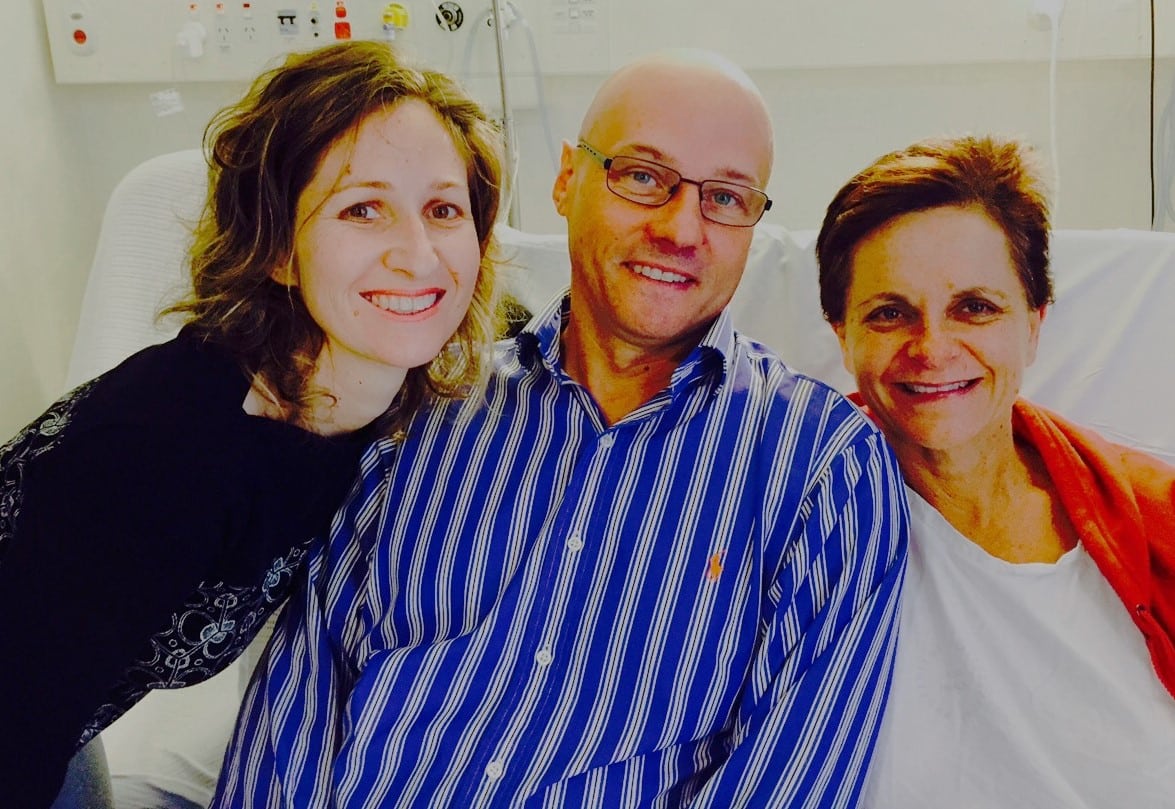
Managing LAM has been about managing the SOB and visiting St Vincent’s every 6 months. It was and still is hard to manage city appointments from regional NSW to Sydney. Booking multiple appointments is always tricky. It involves organising time away from family and work, and, it’s expensive. Cost wise the recent increase in travel stipend from IPTASS (Isolated Patients Travel Accommodation Assistance Scheme) has helped a great deal. If you live in a regional or rural area and have to go to a city for appointments, I highly recommend you lodge an IPTAAS form for travel assistance.
The on-site country patient accommodation at St Vincent’s was also very helpful. Although now my LAM has progressed, I can’t walk up the hill to the hospital from the accommodation!
For me, being diagnosed with LAM was about making a firm personal decision. I was not going to sit around with a blanket over my knees. Or wait for someone to put one on me. And so, LAM and TSC took a back stage for a bit. I returned to full time teaching. Cameron and I raised our girls in Port Macquarie and we both joined a local swimming club. Life went on.
But, LAM took centre stage once again when my left lung collapsed in 2015. Attempts to prop it up with a bit of air in hospital didn’t work so it was a medical evacuation flight to St Vincent’s to undergo a pleurodesis – a procedure where the lung is ‘stuck’ to the lung cavity by surgical powder.
For me, being diagnosed with LAM was about making a firm personal decision. I was not going to sit around with a blanket over my knees. Or wait for someone to put one on me.
I am fortunate that so far this is the only significant LAM event that I’ve experienced since my diagnosis. I am very grateful to be under such good care at St Vincent’s and have the care and support of my family and my workplace.
I wasn’t expecting how painful or how long my recovery from the pleurodesis would take. It’s now nearly 10 years since my lung collapse and both lungs have managed to stay upright. Since the pleurodesis we’ve been lucky enough to travel overseas twice as a family. I take a portable oxygen concentrator (or a POC) onto long haul flights, and I’ve learned to take its batteries out of my carry-on luggage during airport security checks or sirens will start wailing! I’ve also learnt that no-one looks at you wearing a POC at high altitude in France!
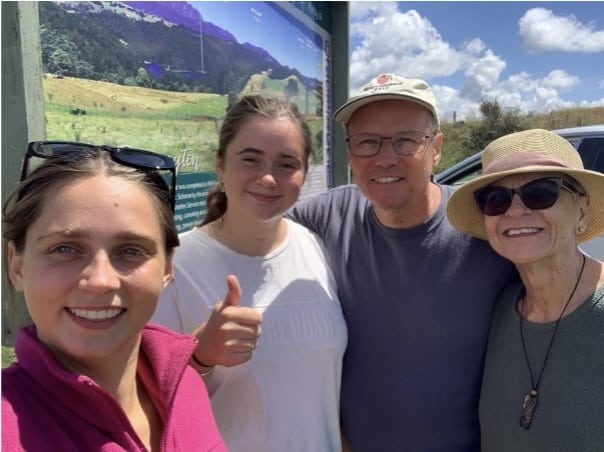
Although my lung function has declined and the possibility of a lung transplant looms, I have learnt to live with it by making adjustments. I pay attention to my diet, sleep and exercise. I applied for a disabled parking sticker and I use it.
I’ve asked for adjustments at work. At my workplace I’m lucky to have a special parking spot and they enable employees to work where, when and how they can. They also have a fabulous internal support group called the DEN (Disability Employment Network), made up of people like me.
All is not always rosy. There are struggles with LAM. But every life has struggles. Perhaps being diagnosed with TSC as a child has made me accept them more easily.
It has now been 15 years since my LAM diagnosis. Through a combination of self-care and self-awareness, accepting care from others and feeling gratitude that we live in the country we do with the quality of medical facilities we enjoy, I’ve been able to remain fully engaged with life.
As long as there’s no stairs to climb and the lift is working!



